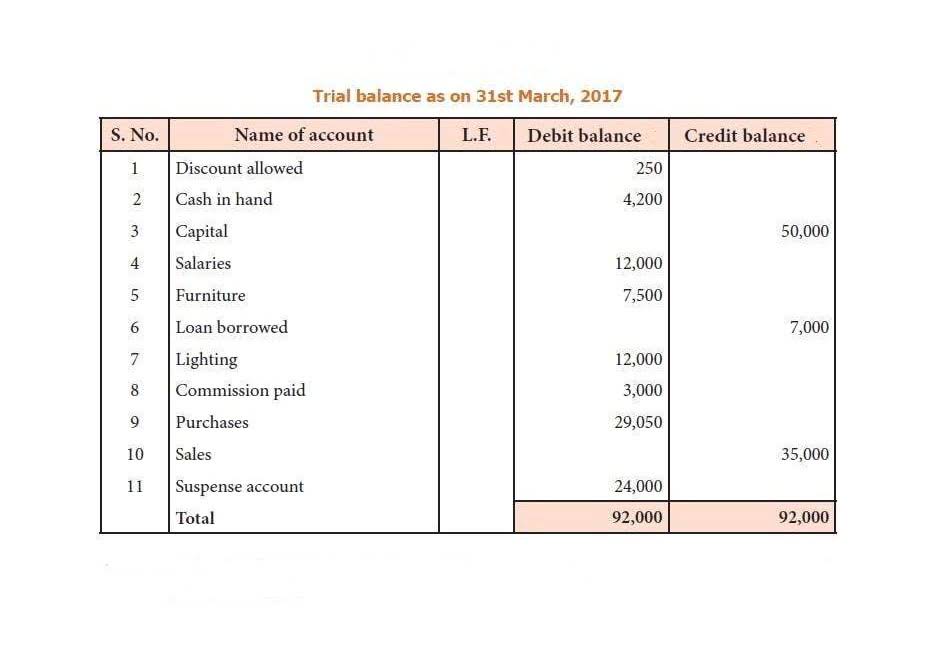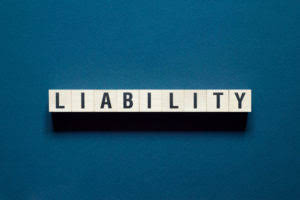
For example, a loan may be amortized over 30 years but have a 10-year term. In this case, payments are based on a 30-year schedule, but at the end of the 10-year term, the remaining balance (a balloon payment) must be paid off or refinanced. An amortization schedule is a chart that tracks the falling book value of a loan or an intangible asset over time. For loans, it details each payment’s breakdown between principal and interest. For intangible assets, it outlines the systematic allocation of the asset’s cost over its useful Suspense Account life.
Why Do We Amortize Instead of Depreciate a Loan?
This transition reflects the decreasing interest portion because it’s calculated on a smaller outstanding principal balance. This structure is particularly beneficial for borrowers looking for long-term loans with stable monthly payments. The declining balance method, on the other hand, involves paying more principal upfront and less as time goes on.
Application in Business

Borrowers who prioritize stable, predictable payments and plan to stay in their home for a long period typically find fixed-rate mortgages most beneficial. This systematic increase in principal repayment keeps total interest costs lower over the lifespan of the loan. Exploring the shift in principal versus interest payments can visually clarify this financial trajectory.
Amortization vs. Depreciation

The easiest way to calculate amortization is with an online loan amortization calculator. Most of these calculators ask you to enter your loan amount, interest rate and repayment term and then instantly provide your amortization schedule. At the beginning of an amortization schedule, a greater amount of your payment goes toward interest charges than to paying down your principal balance. Over time, however, that ratio will flip, and more of your payments will go toward your principal until you’ve paid off your loan in full.
- One of the advantages of using this method is its simplicity and easy calculation.
- A balloon loan has small, regular payments during the loan term, but a large final payment (the “balloon”) is due at the end.
- In general, the word amortization means to systematically reduce a balance over time.
- These assets lose value more abstractly than tangible assets, such as equipment.
- Sometimes it’s helpful to see the numbers instead of reading about the process.
- However, not all mortgages or loans fully amortize, meaning that the final payment doesn’t represent your having paid the entire amount due.
Related AccountingTools Courses
Understanding amortized loans can empower your financial decisions by revealing how payments reduce debt over time. An amortized loan is a type of loan where you repay the principal (the amount borrowed) and interest (the cost of borrowing) in regular, equal payments over a specified period of time. With each payment, you gradually reduce the balance of the loan until it’s completely paid off by the end of the loan term.
- The research and development (R&D) Tax Breaks are a set of tax incentives that helps attract firms with high research expenditures to the United States.
- Chelsea has, in the past, used long contracts as an accounting mechanism to amortize huge transfer fees over seven or eight years in the interest of keeping squad costs low.
- Loan amortization ensures that even though your monthly repayments remain consistent, the interest portion decreases with time, allowing you to pay off the principal more quickly.
- By the end, your entire payment is essentially paying down the principal.

These accounting rules stipulate that physical, tangible assets are to be depreciated and intangible assets are amortized, although there are exceptions for non-depreciable assets. This type of amortization refers to the amortization of intangible assets such as patents, licenses or goodwill. A loan amortization schedule is a table that shows the breakdown of each payment made towards a loan. Mortgages are one of the most common types of loans that use amortization.
Benefits of Amortized Cost
Amortization of goodwill was once common practice; however, this changed when the Financial Accounting Standards Board (FASB) issued a new ruling. Today, goodwill isn’t amortized, but rather amortized definition tested for impairment on an annual basis. This means instead of gradually reducing the value of goodwill over time, the value of goodwill is only reduced if there is an indication that it might be overvalued. Loan amortization ensures that even though your monthly repayments remain consistent, the interest portion decreases with time, allowing you to pay off the principal more quickly.
As the principal balance decreases, there is less principal on which to charge interest. Each subsequent payment applies to a larger portion of the principal balance. You can also use the formulas we included to help with accurate calculations. You’ll have a better sense of how a regular payment gets applied to help pay off your entire loan https://www.bookstime.com/ or other debt. And amortization of loans can come in especially handy for any repayments. It’s a technique used to help reduce the book value of any loans you have.
Amortized Loan Formula in Excel
The straight-line method assumes that the asset will be used evenly over its useful life. The principal is the amount borrowed, while the interest is the cost of borrowing the money. For example, if your annual interest rate is 3%, your monthly interest rate will be 0.25% (0.03 annual interest rate ÷ 12 months). For example, a four-year car loan would have 48 payments (four years × 12 months). Don’t assume all loan details are included in a standard amortization schedule.